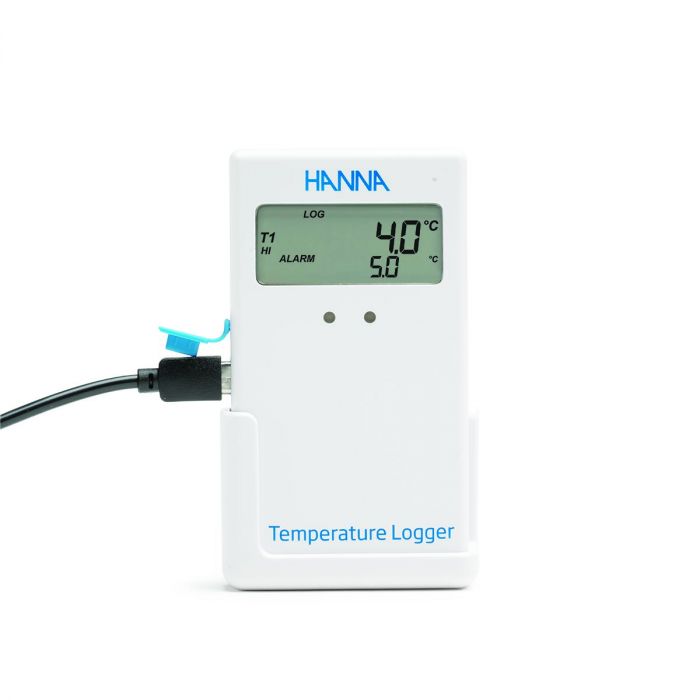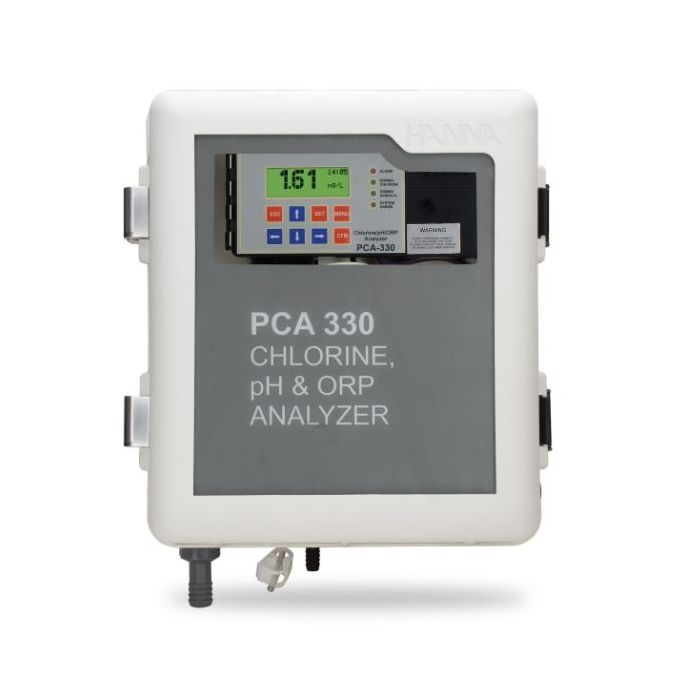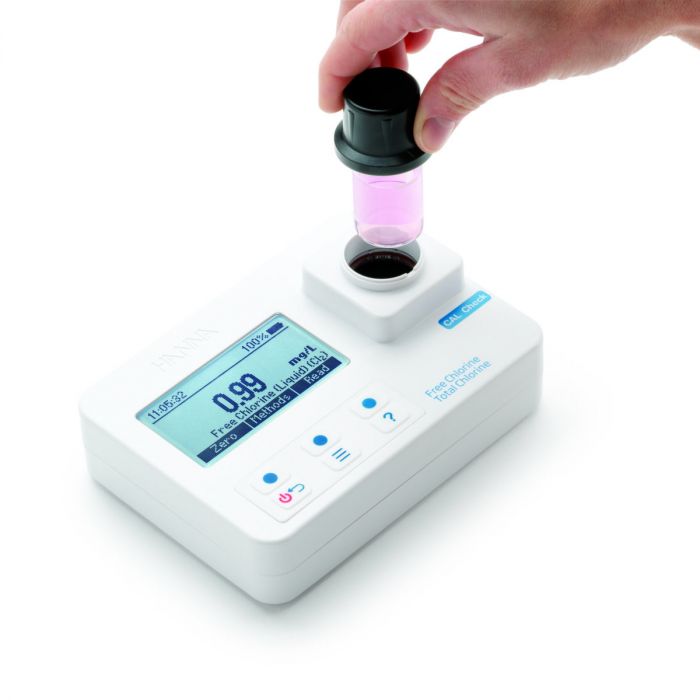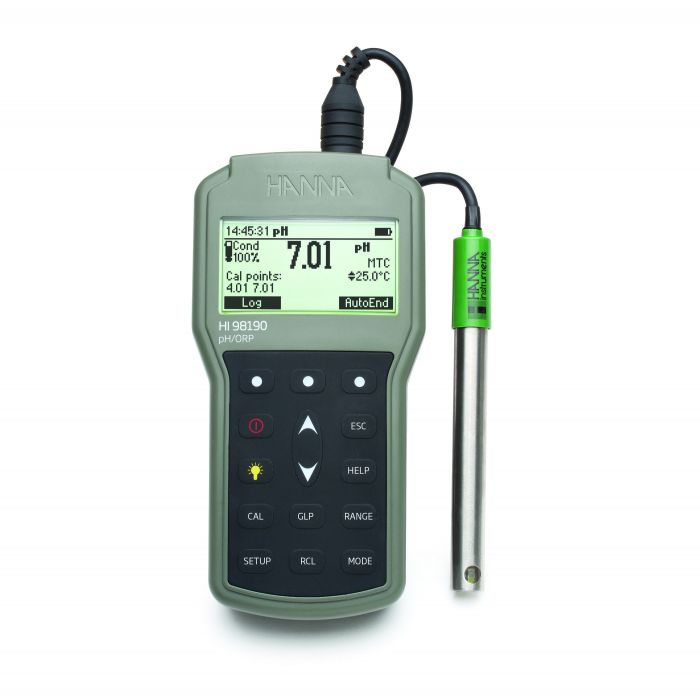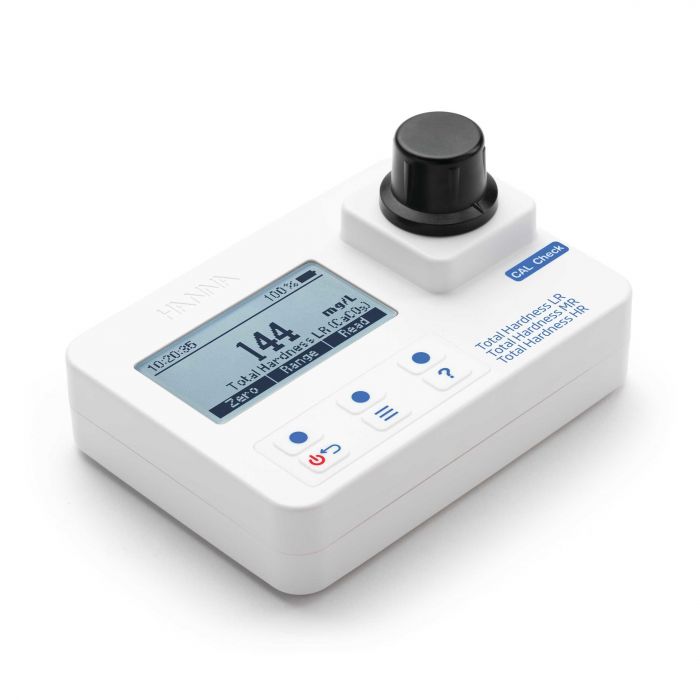Eggs are a valuable product in the poultry industry and proper egg handling during poultry farming is crucial to ensure high-quality eggs that are safe for consumption.
Efficient egg handling and storage not only guarantee the eggs' safety but also contribute to the overall productivity and success of a farm.
Proper egg handling is essential to ensuring the health and safety of consumers. Contaminated eggs can cause serious illnesses, including Salmonella, and can have detrimental effects on a business’s reputation.
Whether you are a small or large-scale chicken farmer, implementing proper egg handling techniques is critical to maintaining the quality of your product.
Best practices for egg handling at poultry farms:
safety at egg collection and storage
cleaning and sanitization techniques
safety at transportation guidelines
packaging and labeling requirements
compliance with local and federal regulations
By following these guidelines, you can ensure that your eggs are safe and of the highest quality, providing peace of mind for both you and your customers.
1. Introduction to Proper Egg Handling at Poultry Farm
Eggs are a common staple in many households and are a valuable source of protein. However, not many people are aware of the importance of proper egg handling, particularly at the chicken farm level.
Why Proper Egg Handling is Essential to Health and Safety?
Proper egg handling is essential to health and safety because eggs can be easily contaminated by bacteria such as Salmonella. When eggs are not handled correctly, they can cause foodborne illness, particularly in vulnerable populations such as young children, the elderly and individuals with weakened immune systems. Therefore, it is crucial to ensure that eggs are handled properly from the point of collection to consumption.
The Negative Effects of Improper Egg Handling
Improper egg handling can lead to several negative effects, including decreased shelf life, increased risk of bacterial contamination and decreased egg quality. If eggs are not stored in optimal conditions, they can spoil quickly and become a breeding ground for harmful bacteria. Additionally, eggs that are not collected and handled correctly can crack, allowing harmful bacteria to enter the egg and increase the risk of foodborne illness.
Therefore, it is crucial to ensure that eggs are collected, stored and handled correctly to minimize the risk of bacterial contamination.
The Benefits of Proper Egg Handling for Consumer Health and Safety
Proper egg handling can bring numerous benefits to consumer health and safety. Eggs that are collected and stored correctly have longer shelf lives, making them less likely to spoil quickly or become contaminated with harmful bacteria. Additionally, proper egg handling ensures that eggs are of high quality and significantly minimizes the risk of foodborne illness caused by contaminated eggs, which can save lives.
2. Best Practices for Egg Collection and Storage
Ensuring Cleanliness During Egg Collection
To ensure that eggs are not contaminated during the collection process, it is essential to ensure that the collection area, equipment, and personnel are clean and free from harmful bacteria. Collectors should wash their hands with soap and water and use clean gloves and sanitizers to reduce the risk of contamination. Eggs should also be collected often to minimize their exposure to bacteria and reduce the risk of cracking, which can increase the likelihood of contamination.
Eggs should be collected regularly, ideally twice a day. Collecting eggs promptly reduces the risk of damage, contamination, and bacterial growth.
Recommended Storage Conditions for Maximum Shelf Life
To extend the shelf life of eggs, they should be stored in optimal conditions, including temperature, humidity and light exposure. Eggs should be stored in a clean and cool environment with a consistent temperature of around 7°C, with a relative humidity of around 70 percent. Refrigerated eggs must also be kept away from other foods with strong odors, which can penetrate the eggshells and affect the egg’s flavor.
Eggs should be stored in a cool, dry place with good air circulation. The ideal temperature for egg storage is between 7°C and 10°C.
! It is also essential to rotate eggs regularly, with the oldest eggs used first.
HI148
Waterproof Thermologger
From storage to shipping, it’s important to monitor the temperature of your products to ensure that they are being stored in optimal conditions.
Quick to setup, simple to use, the HI148 Thermologgers are ideal for monitoring temperature in applications such as food processing, transportation, museums and horticulture.
- Models available with one or two channels, internal and/or external sensor.
- Programmable high and low alarm LEDs flash for quick viewing.
- Automatically log your results and view with included software.
- Not suitable for body temperature measurements.
HACCP: Log on and keep logging
3. Egg Cleaning and Sanitization Techniques
The Importance of Properly Cleaning Eggs
Cleaning eggs before consumption or sale is necessary to remove dirt, bacteria and other impurities found on the egg’s surface. Improper cleaning techniques can transfer bacteria from the egg’s surface to the inside, increasing the risk of foodborne illness. Therefore, it is crucial to use proper cleaning techniques to ensure that eggs are safe for consumption.
Recommended Sanitization Techniques
To ensure proper sanitization of eggs, it is essential to wash the eggs with warm water and dish soap to remove dirt and impurities. Sanitizers such as chlorine or hydrogen peroxide can also be used to kill bacteria on the egg’s surface. However, it is crucial to follow manufacturer guidelines and rinse eggs thoroughly after sanitization to reduce the risk of chemical contamination.
Sanitization Procedures for Egg Handling Areas
Sanitizing egg handling areas is crucial to maintain hygiene and reduce the risk of contamination. The coop and egg handling area should be cleaned and sanitized regularly.
Keeping the Coop Clean
Keeping the coop clean helps maintain the health of the chickens and the quality of eggs. Regular cleaning of the coop, including the nesting boxes, helps prevent the buildup of dirt and bacteria.
Minimizing Potential Contaminants
Minimizing potential contaminants in the egg handling area is crucial. Chickens should be kept away from potential sources of contamination, such as pests and chemicals. Egg handling equipment should be kept clean and separate from other farm equipment.
Sanitation
Sanitation plays a crucial role in maintaining the hygiene and health of poultry birds in a chicken farm.
Proper sanitation practices ensure that the environment in which the birds live is clean and free from disease-causing microorganisms.
However, manual sanitation practices can be time-consuming, labor-intensive and may not be effective in controlling the spread of diseases. To overcome these challenges, Hanna Instruments has developed an automatic water sanitation system.
PCA330
Chlorine, pH, ORP and Temperature Analyzers
The Hanna PCA300 series chlorine analyzers continuously monitor, control and adjust chlorine content and pH of a sample stream.
Monitoring chlorine levels has an important bearing on public health as well as ROI and efficiency for heating system and industrial applications.
- 4 models available for monitoring chlorine, pH and ORP levels.
- Separate alarms can be set for chlorine, pH, ORP and temperature controls.
- User-friendly interface simplifies setup and maintenance.
The automatic sanitation system developed by Hanna Instruments utilizes the principles of precision water analysis. The system comprises a series of sensors that monitor the water quality parameters such as pH, Free&Total Chlorine, ORP and temperature. Based on the readings from these sensors, the system automatically adjusts the water quality parameters to ensure that the water used for sanitation is optimal for maintaining the health of the birds.
The use of the automatic sanitation system offers numerous benefits to chicken farms:
- firstly, it reduces the risk of disease outbreaks, which can result in significant losses for farmers;
- secondly, it saves time and labor costs associated with manual sanitation practices;
- finally, it improves the overall health and productivity of poultry birds by ensuring that they live in a clean and hygienic environment.
The automatic sanitation system is a game-changer in ensuring the health and welfare of birds in chicken farms.
Chlorine
The use of chlorine in poultry processing is a common practice aimed at reducing the risk of foodborne illnesses caused by pathogens such as Salmonella and Campylobacter. However, excessive use of chlorine can have adverse effects on the quality of poultry meat and the environment.
Hanna Instruments has developed a method of measuring free chlorine levels in farm water systems to help farmers monitor chlorine use and prevent overuse.
Free chlorine refers to the amount of chlorine available in solution to effectively disinfect water. It is essential to monitor free chlorine levels in poultry farms to ensure that the levels are not too high, which may result in contamination and damage to poultry meat.
Hanna Instruments offers a range of chlorine testing instruments, including digital chlorine photometers that allow farmers to measure free chlorine concentrations promptly and accurately.
HI97711
Free and Total Chlorine Portable Photometer
The HI97711 Free and Total Chlorine Photometer combines accuracy and ease of use in a simple, portable design.
The advanced optical system provides lab-quality accuracy while its user-friendly design is easy for any user making it the perfect photometer for your water quality testing needs.
The HI97711 meter measures free and total chlorine in water samples from 0.00 to 5.00 mg/L (ppm).
- No warm up time needed before taking a measurement
- Tutorial mode for easy step-by-step instructions
- Uses either powder or cost saving liquid reagents
Such monitoring also helps farmers keep aquatic ecosystems healthy by reducing any chlorine contamination that could occur due to inadequate monitoring. The monitoring ensures that chlorine use is consistent with environmental regulations, reducing the risk of environmental contamination.
The appropriate use of chlorine in poultry processing is essential to maintain food safety.
ORP
ORP monitoring is an important aspect of chicken farm management.
The term “ORP” refers to oxidation-reduction potential.
In a chicken farm, monitoring and controlling ORP levels is crucial because it can indicate the level of contamination in the environment. A high ORP level can indicate a clean and sanitized environment, while a low ORP level can indicate a contaminated environment.
ORP meter can provide accurate and reliable readings of ORP levels, which can help farmers maintain a healthy environment for their chickens.
One of the benefits of using ORP meters in chicken farms is that they can help to reduce the use of antibiotics and other chemicals. This not only benefits the health of the chickens, but also the consumers who will consume the chicken products.
HI98190
Portable pH/ORP Meter
The HI98190 is a rugged, portable pH meter with the performance and features of a benchtop meter.
This professional, waterproof meter complies with IP67 standards and measures pH, ORP and temperature.
The HI98190 is supplied with all necessary accessories to perform a pH/temperature measurement packaged into a durable carrying case.
4. Transportation Guidelines for Fresh Eggs
Transporting fresh eggs from the chicken farm to grocery stores or other distribution centers can be a delicate process. Proper handling is essential to maintain the quality and safety of the eggs.
Here are some guidelines to follow when transporting eggs:
Recommended Transportation Conditions to Prevent Breakage and Contamination
Eggs should be transported at a constant temperature of 7-13 degrees Celsius to ensure their freshness. The truck or vehicle used for transportation should be clean and free of any contaminants that could affect the eggs. During transportation, the eggs should be kept in their original cartons to prevent breakage and damage.
Temperature-controlled transport & logistics in cold chain
Best Practices for Loading and Unloading Eggs During Transport
When loading and unloading eggs, it’s important to handle them with care. The cartons should be stacked neatly and securely to prevent them from tipping over or shifting during transportation. When unloading, the eggs should be carefully removed from the vehicle and placed on a clean and dry surface.
5. Maintaining Optimal Egg Quality
Maintaining the quality of eggs is essential for ensuring consumer safety and satisfaction.
Here are some best practices to maintain optimal egg quality:
Factors that Affect Egg Quality
Several factors can affect egg quality, including chicken breed, age, diet and stress levels. Therefore, it is essential to ensure chickens receive adequate nutrition, space and care.
Measures to Maintain High-Quality Eggs
To maintain high-quality eggs chicken should have:
- balanced diet of protein, carbohydrates and fats
- access to clean water
- sufficient space to move around
- adequate ventilation
- regular cleaning and sanitizing of the coop and egg handling area
Chicken farms require high quality water to maintain the health of their birds. The level of calcium and magnesium in water can significantly increase the water hardness, which can lead to the accumulation of mineral deposits and poor water quality for the birds.
HI97735
Total Hardness Portable Photometer
The HI97735 Total Hardness Photometer combines accuracy and ease of use in a simple, portable design.
The advanced optical system provides lab-quality accuracy while its user-friendly design is easy for any user making it the perfect photometer for your water quality testing needs.
The HI97735 meter measures total hardness in water samples up to 750 mg/L (ppm) CaCO3.
- No warm up time needed before taking a measurement.
- Tutorial mode for easy step-by-step instructions.
- CAL Check for performance verification and calibration
This information can then be used to adjust the water treatment systems, such as water softeners or reverse osmosis units, to maintain the optimal water quality for the birds.
Easiest way to keep your water hardness problems under control
6. Compliance with Local and Federal Regulations
Proper egg handling practices are not only essential for consumer safety but are also required by local and federal regulations.
Different states and localities may have specific regulations regarding egg handling, including requirements for licensing and inspections. Additionally, the regulations are in place for the production, packaging and labeling of eggs.
Here are some things to keep in mind:
Recommended Resources for Staying Up-to-Date with Regulations
It’s important to stay informed about any changes to regulations that may affect egg handling practices Local regulatory agencies can also provide information on any specific requirements for egg handling in your area.
7. Continuous Improvement and Evaluation
Continuous improvement is vital for ensuring that proper egg handling practices are maintained over time.
Tracking Progress and Evaluating Success
Finally, farmers must track their progress towards achieving goals and evaluate the success of their efforts. This can be done by monitoring key performance indicators, such as egg quality and employee compliance with proper procedures. By consistently tracking progress and evaluating success, farmers can ensure that their eggs are safe for consumption and maintain customer satisfaction.
By implementing the best practices, farmers can ensure they produce high-quality eggs that are safe for consumption, leading to a successful and sustainable business.
Have questions?
Contact a Hanna Technical Specialist at info@hannaservice.eu or using our contact form.
AUTHOR:
Nives Vinceković Budor, dipl.kem.ing.
SOURCES:
https://narodne-novine.nn.hr/clanci/sluzbeni/2006_10_115_2561.html



